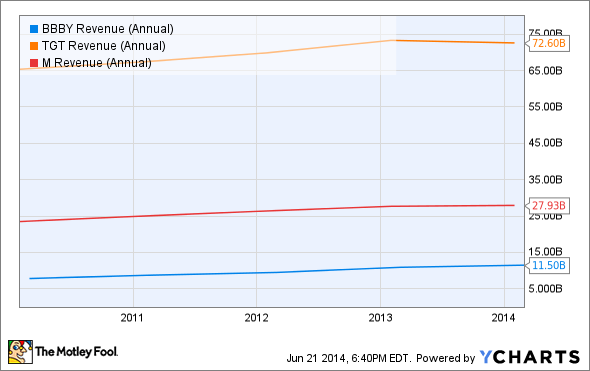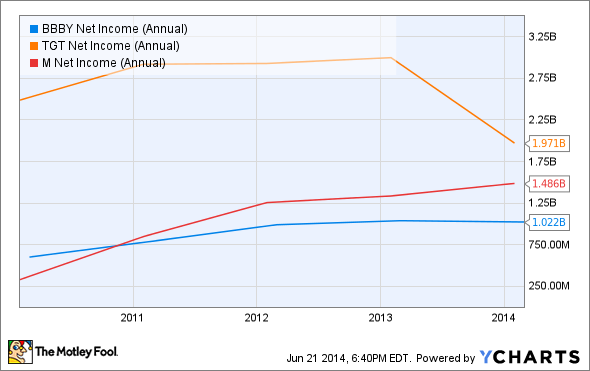Filed under: Investing
I'll admit it. When Intel announced that its XMM 7260 LTE-Advanced category 6 modem would make it to market during the first half of 2014, it seemed that Intel had a chance of edging out Qualcomm's MDM9x35 -- Qualcomm's first LTE-Advanced category 6 device -- to market. However, as the current quarter winds to a close, Intel's XMM 7260 has yet to show up in a formally announced device while Qualcomm's new chip finds a home in Samsung's premium edition of the Galaxy S5. In short, it's a bit late.
Intel had claimed that devices on shelves by Q2 2014
During Intel's press conference at the Mobile World Congress, Intel informed participants that the XMM 7260 would be in devices and on shelves by the second quarter of 2014. Further, the company was pretty clear in setting expectations for multiple design wins to be announced this spring. That didn't happen, and it's looking like we won't see designs until Q3.
Now, this is a far cry from the end of the world, and there's very little doubt that Intel will still be the second to market with a category 6 LTE-Advanced solution that's viable on many networks. However, it's a disappointment relative to the expectations set.
Hey, now, Intel's still No. 2!
Intel appears likely to be the No. 2 player in the discrete LTE baseband market next to Qualcomm, and it looks as though for the time being it will compete mostly on price rather than on performance and feature sets.
There's no shame in that, especially considering that Intel is still transitioning its modem efforts from "fast follower" (which is how it was run before Intel acquired it) to leadership, but this does give us a bit more perspective on where Intel is today vis-a-vis cellular.
Not a near-term problem for the share price
The reason, though, that this slip isn't all that material to shareholders is that the company's stock is still basking in the glory of the seemingly rejuvenated PC market. It's too early to tell whether this is just a one-time bump driven by the Windows XP end-of-life, or if the secular trends are now in Intel's favor, but at the very least this PC-driven bump is buying Intel a bit more time to get its mobile efforts in order.
Foolish closing thoughts
Intel is making steady progress, but for now, there's no question that Qualcomm's the king of this market. Intel's next shot at leadership will be with its XMM 7460 LTE-Advanced baseband, built on Intel's 14-nanometer process and -- from leaked roadmaps -- scheduled for launch in early 2016.
Intel's new modem is late, but you can be early to this game-changing technology
Apple recently recruited a secret-development "dream team" to guarantee that its newest smart device was kept hidden from the public for as long as possible. But the secret is out, and some early viewers are even claiming that its everyday impact could trump the iPod, iPhone, and the iPad. In fact, ABI Research predicts that 485 million of these devices will be sold per year. But one small company makes this gadget possible. And its stock price has nearly unlimited room to run for early in-the-know investors. To be one of them, and to see Apple's newest smart gizmo, just click here!
The article Intel's XMM 7260 Is a Bit Late originally appeared on Fool.com.
Ashraf Eassa owns shares of Intel. The Motley Fool recommends Apple and Intel and owns shares of Apple, Intel, and Qualcomm. Try any of our Foolish newsletter services free for 30 days. We Fools don't all hold the same opinions, but we all believe that considering a diverse range of insights makes us better investors. The Motley Fool has a disclosure policy.Copyright © 1995 - 2014 The Motley Fool, LLC. All rights reserved. The Motley Fool has a disclosure policy.
Read | Permalink | Email this | Linking Blogs | Comments





























